Objective:
- Employ CFPS data to study the link between the energy transition and energy cost-based inequality by tracing the targeted households to different income groups
Case:
Methodology:
- OLS
- 2SLS
- Random Forest
- Gini and decompose: Shapely approach
Data Source
Findings:
- Since 2011, 22.1% households switched from solid fuels to clean energy
- The transition to clean energy was more evident in rural households than in their urban counterparts
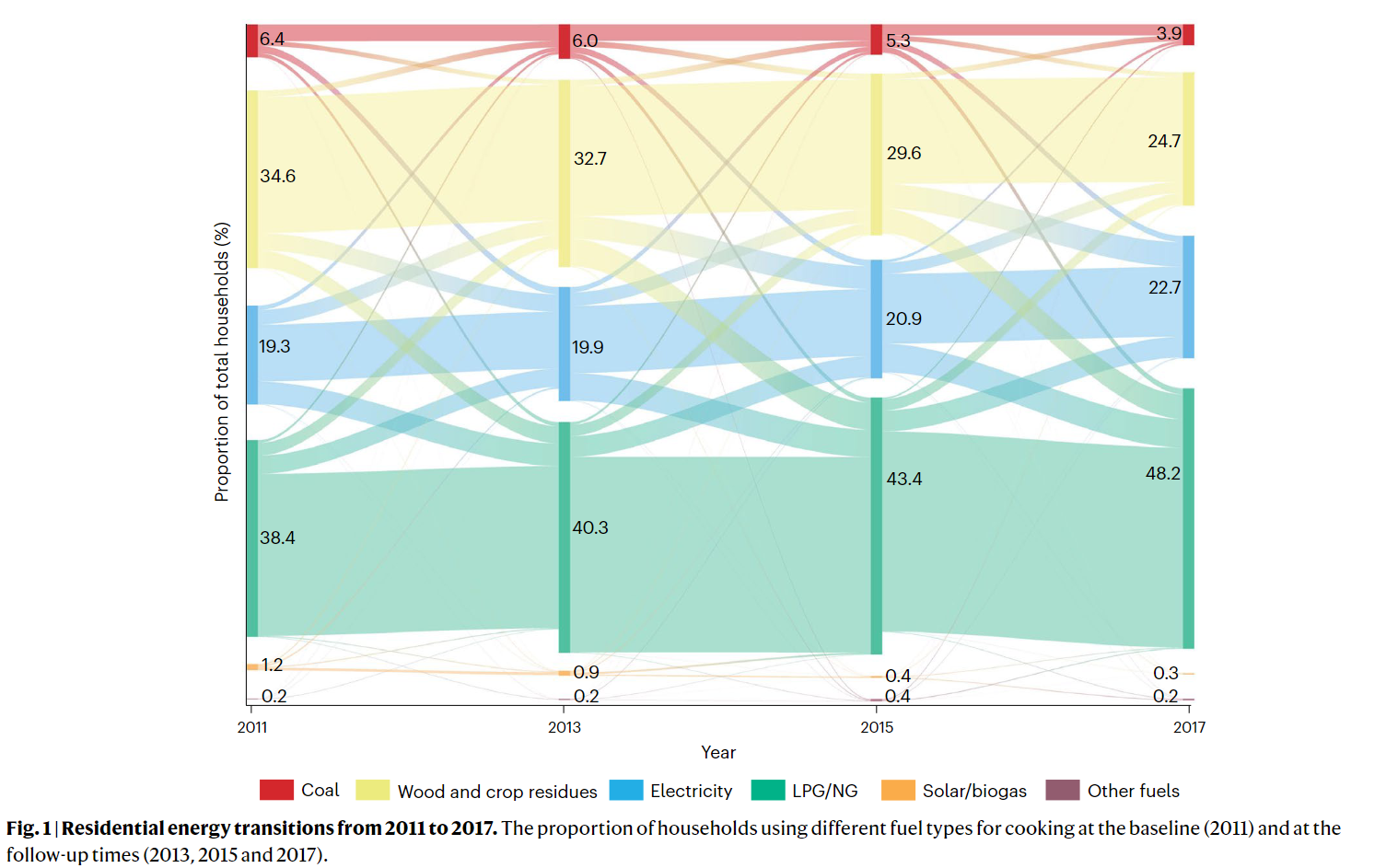
- Households in poverty accounted for 56% of all sampled households that underwent energy transition during 2011-2013
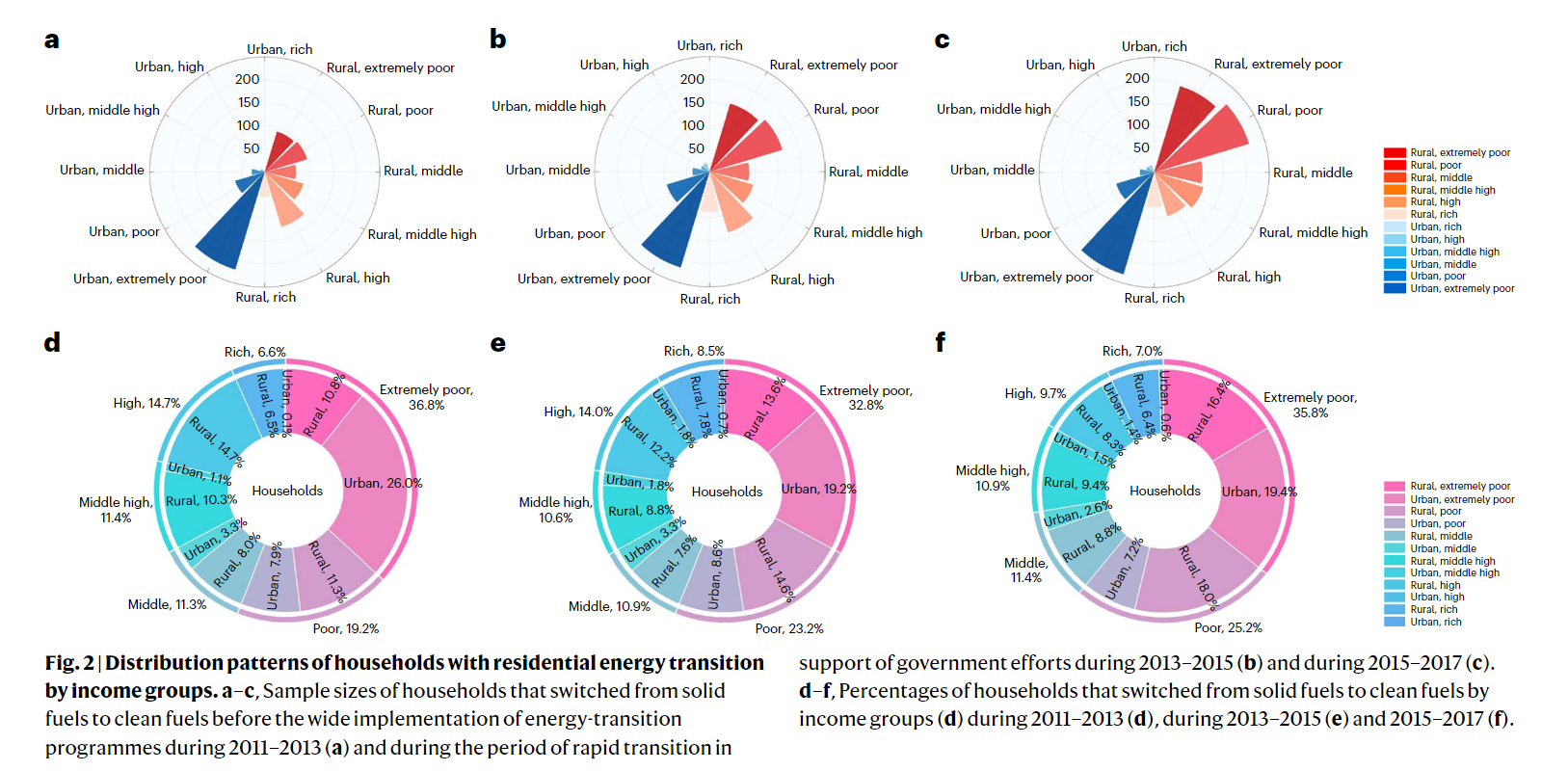
- As the average household energy cost increased, the inequality measured by energy cost yielded a declined trend; when measureing inequality by income, the Gini index increased
- Urban households generally spent more of their annual income on energy cost than their rural counterparts
- Poor rural households experienced the higehest growth in energy cost
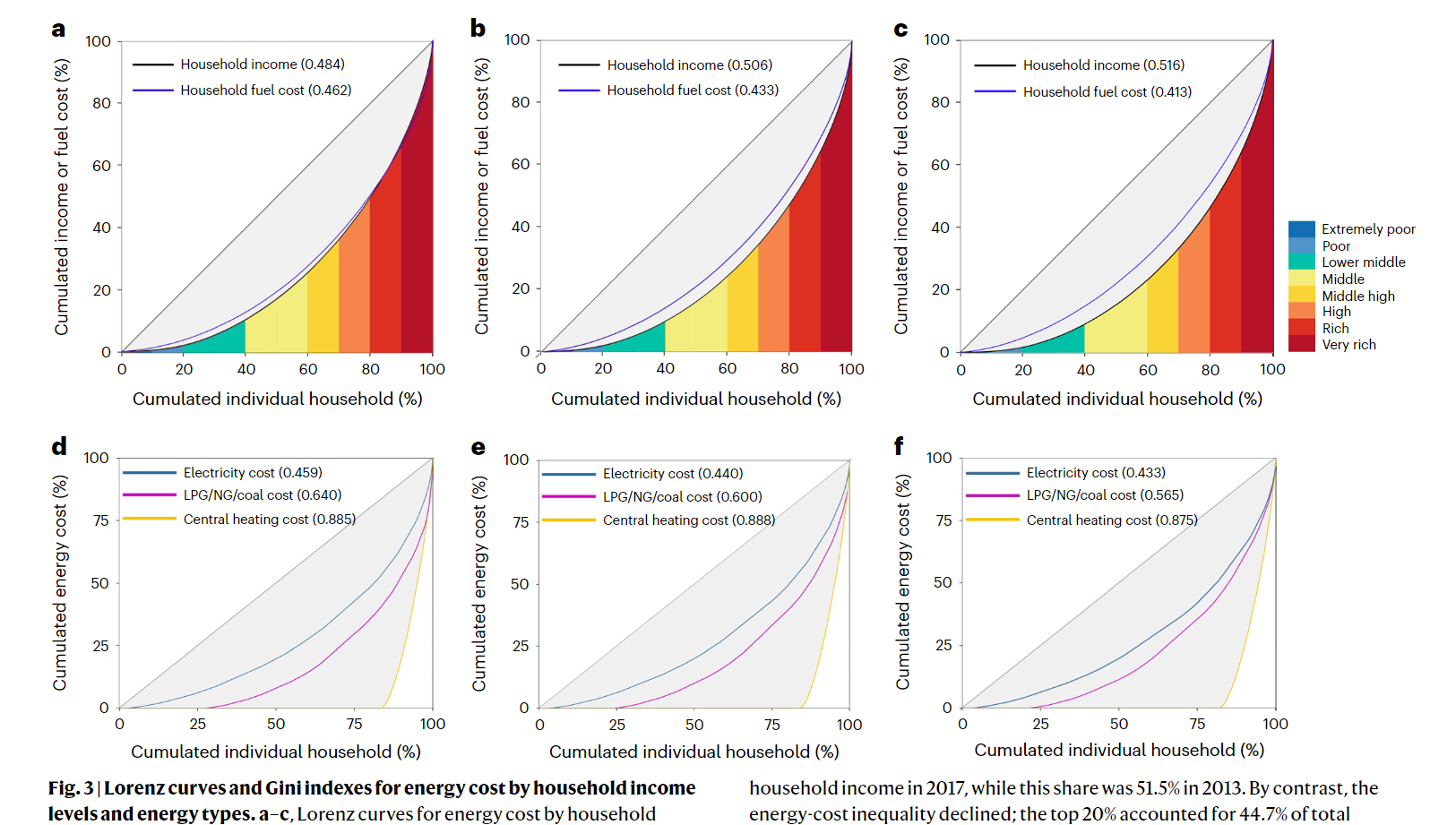
- Average household spent about 5% of their income on energy. For urban households, the median energy burden declined from 5.4% in 2013 to 4.8% in 2017, while the opposite was observed for rural households
- 30.1%~34.2% of surveyed households experienced energy poverty
- Rural communities were disproportionately and increasingly affected by energy poverty
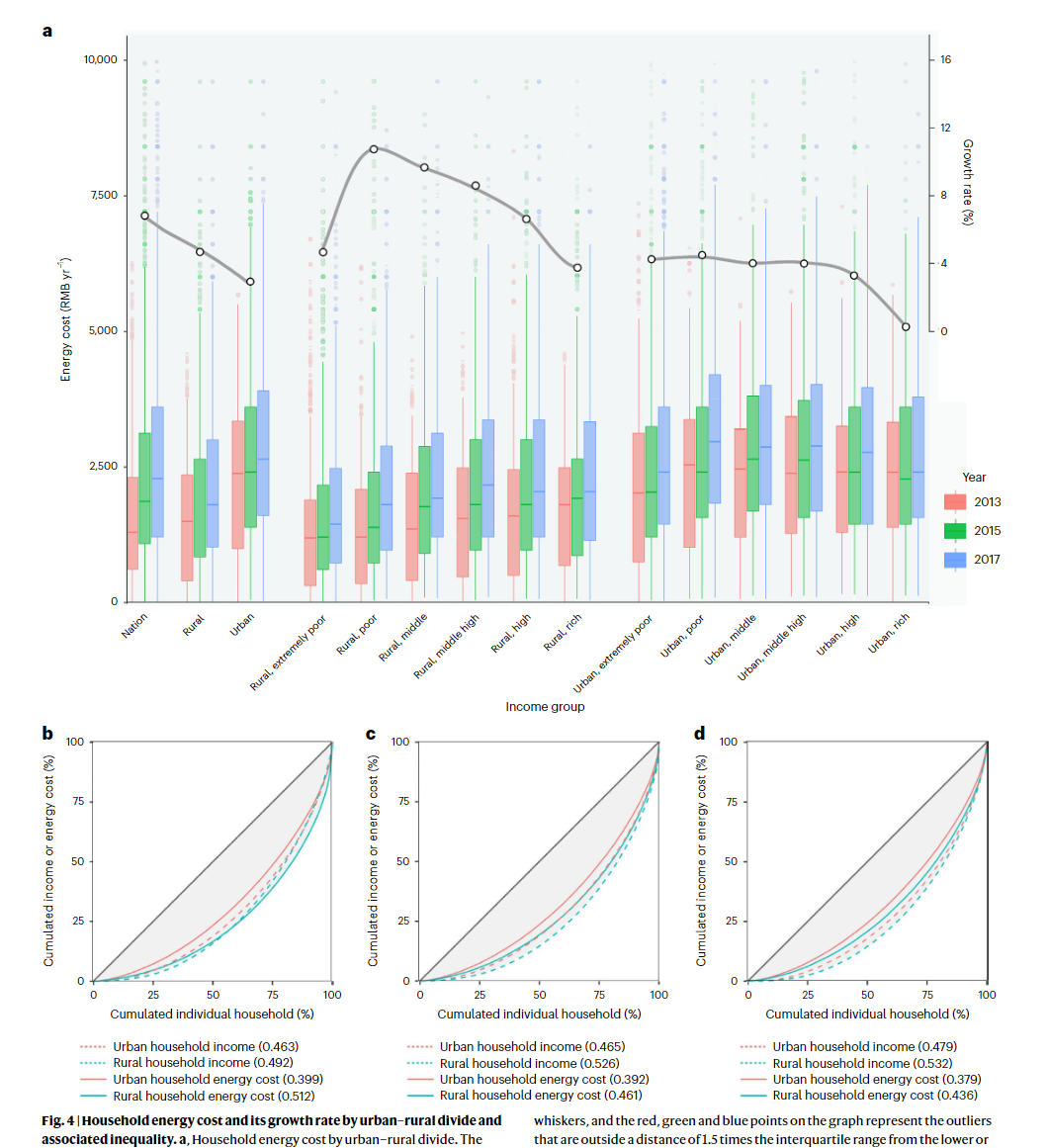


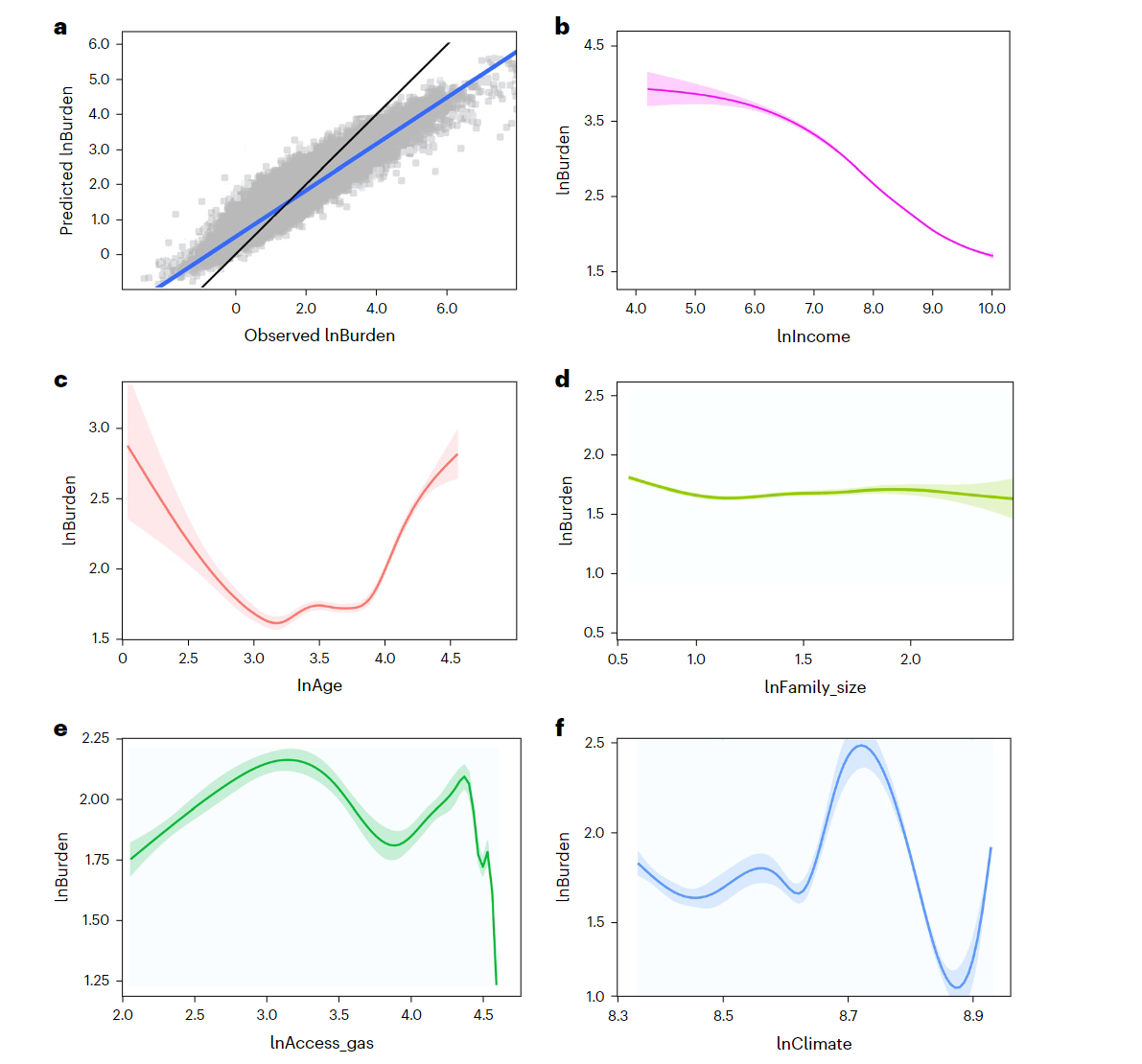
Coding Reference:







